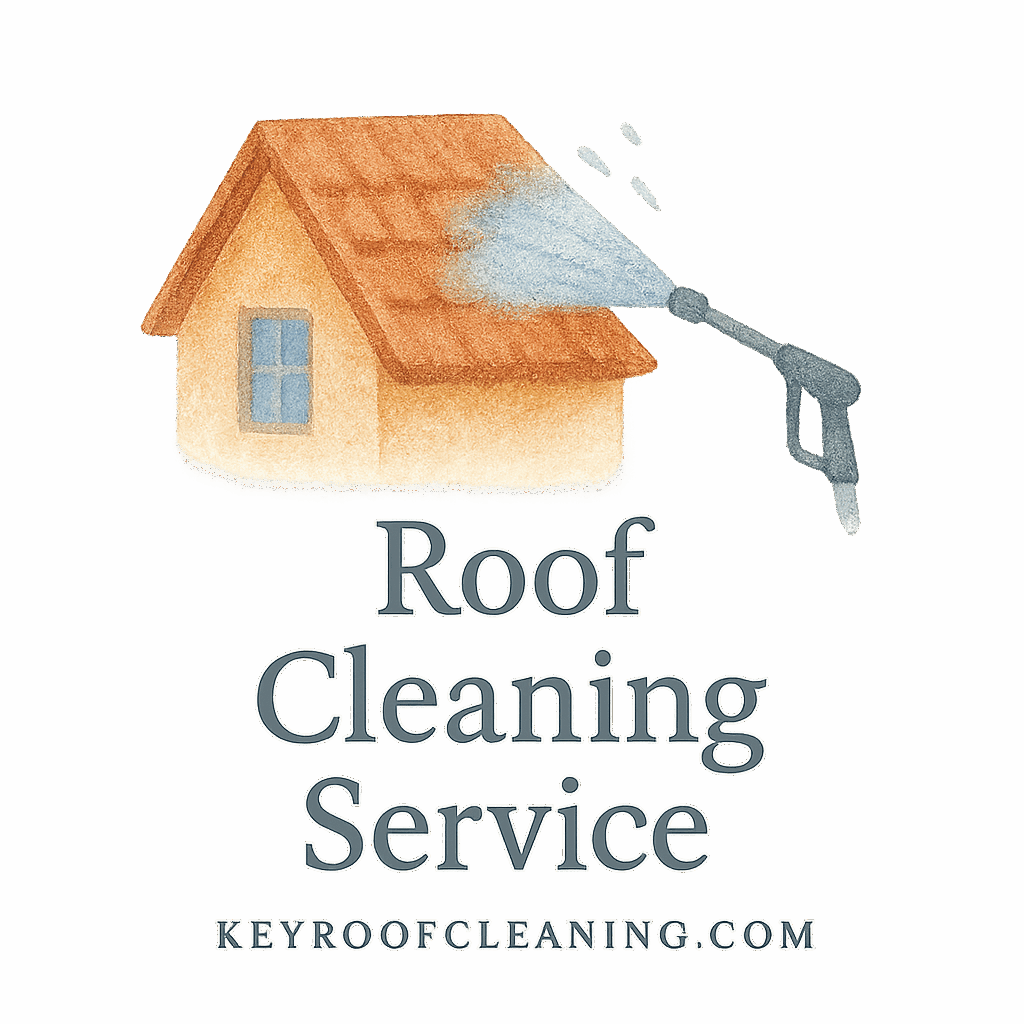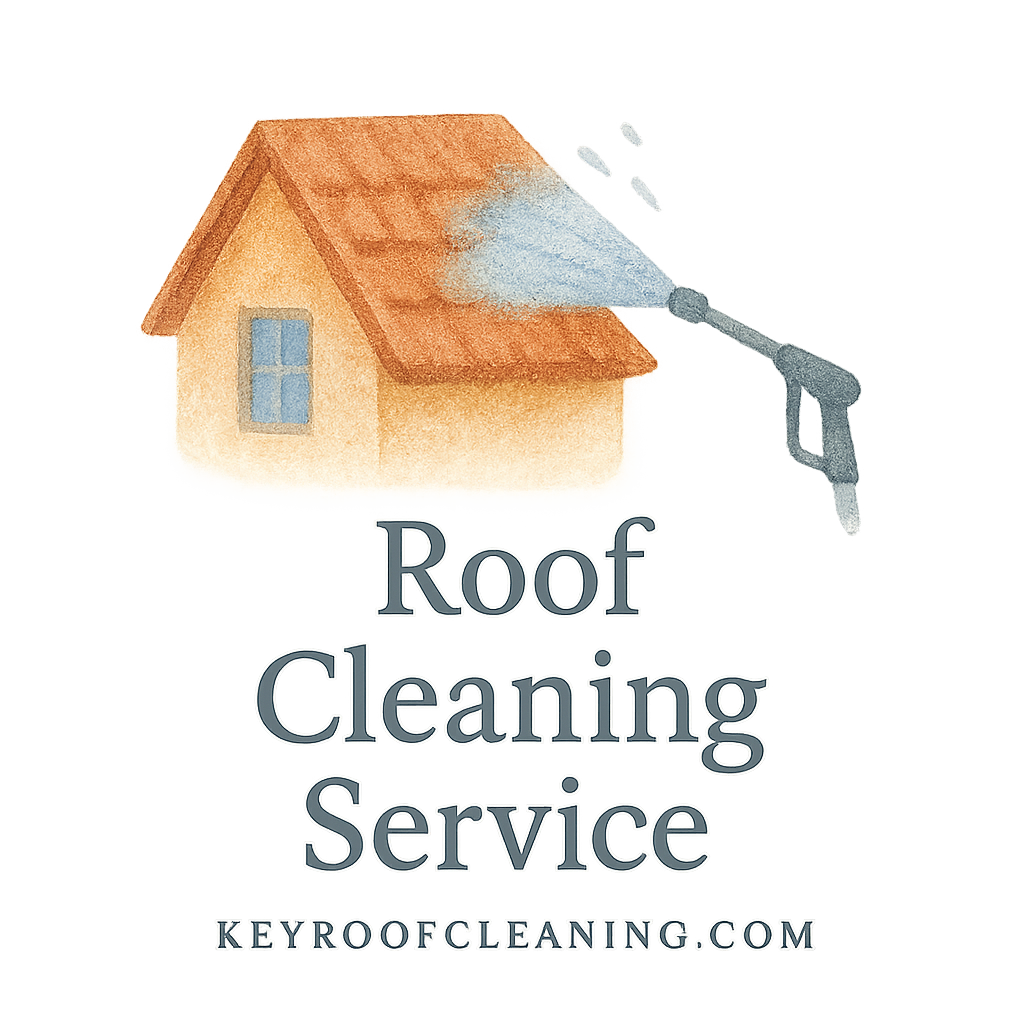When it comes to taking care of your home, roof cleaning often gets overlooked. But did you know that the material your roof is made from can actually affect how often it needs to be cleaned? From asphalt shingles to slate tiles, the type of roof you have plays a huge role in how grime, algae, and mold accumulate. Let’s dive into the 6 main ways your roof material affects roof cleaning frequency — and what you should do about it.
Why Roof Cleaning Frequency Matters
Appearance and Curb Appeal
Nobody wants a streaky, algae-stained roof. A clean roof boosts curb appeal, and if you’re ever looking to sell, it’s one of the first things potential buyers notice.
Structural Longevity
Dirt and organic build-up can wear away at your roof over time. Regular cleaning extends the life of your roof, saving you big bucks on replacements.
Explore the basics of roof cleaning to learn how frequent maintenance can prevent costly repairs.
How Roofing Materials Influence Cleaning Needs
Let’s break it down material by material to see how each type holds up — and how often it needs a good wash.
1. Asphalt Shingles – Common But Prone to Algae
Porous Texture and Algae Growth
Asphalt shingles are America’s most popular roofing material. But here’s the catch — they’re porous. That means they soak up moisture and make a cozy home for algae, moss, and lichen.
Recommended Cleaning Schedule
You’ll likely need to clean asphalt shingles every 1–2 years, especially in humid or shaded environments. Use eco-friendly or biodegradable cleaning products for the best results.
Visit our guide on roof cleaning techniques for asphalt-specific advice.
2. Metal Roofs – Low Maintenance, But Not Maintenance-Free
Smooth Surface Advantage
Metal roofs have a sleek surface, making it harder for grime to stick. That means less frequent cleanings—yay!
Watch for Rust and Environmental Debris
While algae is less of a concern, you’ll need to clean at least every 2–3 years to prevent rust and remove organic debris that might settle in seams.
For more maintenance tips, head to our maintenance & safety section.
3. Tile Roofs – Beautiful Yet Delicate
Cracks, Moss, and Weight Considerations
Tile roofs, including clay and concrete varieties, are durable yet prone to moss buildup. Their weight also demands proper support and careful cleaning to prevent damage.
Special Care for Fragile Surfaces
Cleaning should be done every 1–2 years, ideally by professionals. Learn more in our delicate roof care tips.
Don’t forget to check our tips on cleaning methods tailored for tile roofs.

4. Wood Shingles or Shakes – Natural, but Demanding
Susceptibility to Rot and Mold
Wood is natural, eco-friendly, and charming — but it’s also a magnet for mold and mildew. Without regular cleaning, rot sets in quickly.
Eco-Friendly Cleaning Options Are a Must
You’ll need to clean every 1–2 years using green methods that won’t strip the wood’s oils. Regular upkeep supports sustainability and extends lifespan.
5. Slate Roofs – Durable but Heavy and Slippery
Cleaning Requires Professional Techniques
Slate roofs are high-end and ultra-durable — but don’t get cocky. Their weight and slick surface make them dangerous to clean without the right gear.
Long Intervals Between Cleanings
Good news: they only need a deep clean every 3–5 years. Make sure your service provider follows OSHA safety standards.
Check out our professional service section before hiring someone to work on slate roofs.
6. Synthetic Roofing – Varies Based on Composition
Plastic, Rubber, and Composite Materials
Synthetic roofs can mimic slate, wood, or shingles. Cleaning frequency depends on the exact materials used.
Follow Manufacturer Recommendations
Generally, once every 2–3 years is enough. Always refer to the manufacturer or a roof-cleaning professional for best practices.
Environmental and Safety Considerations
Eco-Friendly vs Chemical Cleaning
There’s a growing push toward green living, and your roof shouldn’t be an exception. Eco-safe solutions reduce harm to your garden and the environment.
Ladder Safety and OSHA Guidelines
Whether you’re DIY-ing or supervising a pro, make sure proper ladder safety and accident prevention measures are in place. Roofs are no joke when it comes to injury risks.
How to Choose the Right Cleaning Method
Soft Washing vs Pressure Washing
Not all roofs can handle the pressure — literally. Soft washing uses low-pressure spray and specialized solutions, ideal for delicate materials.
Hiring a Professional Roof Cleaning Service
Sometimes, it’s best to leave it to the pros. Check out our complete guide to hiring tips for finding a reliable contractor who won’t damage your roof.
Maintenance Tips by Roof Type
Seasonal Checklist for All Roofs
Every season brings new challenges — leaves in fall, snow in winter, pollen in spring. Use this checklist to stay ahead of problems.
Tools and Products You Might Need
Need to gear up? Explore tools and products that are safe and effective for your specific roof type.
Final Thoughts
Your roof is your home’s first line of defense — treat it like the MVP it is. By understanding how different roofing materials affect cleaning needs, you can build a smart, safe, and sustainable maintenance routine. Remember, frequency isn’t one-size-fits-all. Tailor your approach based on the material and conditions, and your roof will thank you for years to come.
Stay proactive, use safe techniques, and consider calling the pros when needed. Start your journey at Key Roof Cleaning for expert resources, tools, and professional help.
FAQs
1. How often should I clean a metal roof?
Every 2–3 years is ideal, but this can vary depending on environmental exposure and buildup.
2. Is pressure washing safe for all roof materials?
Nope! Pressure washing can damage fragile surfaces like tile or wood. Soft washing is better for most roofs.
3. Are eco-friendly cleaning products effective?
Yes, eco-friendly and biodegradable options are not only effective but safer for your landscaping and pets.
4. What’s the best way to clean algae off asphalt shingles?
Use a soft wash system with an algaecide or hire a professional who specializes in roof-cleaning services.
5. Can I clean my slate roof by myself?
It’s risky due to its slippery and heavy nature. Hire someone experienced and OSHA-compliant.
6. How do I prevent moss on tile roofs?
Install zinc or copper strips and clean it annually with a moss-resistant solution.
7. Where can I find a reliable roof cleaning service?
Start by checking our professional service and hiring tips guides to choose the right one.


